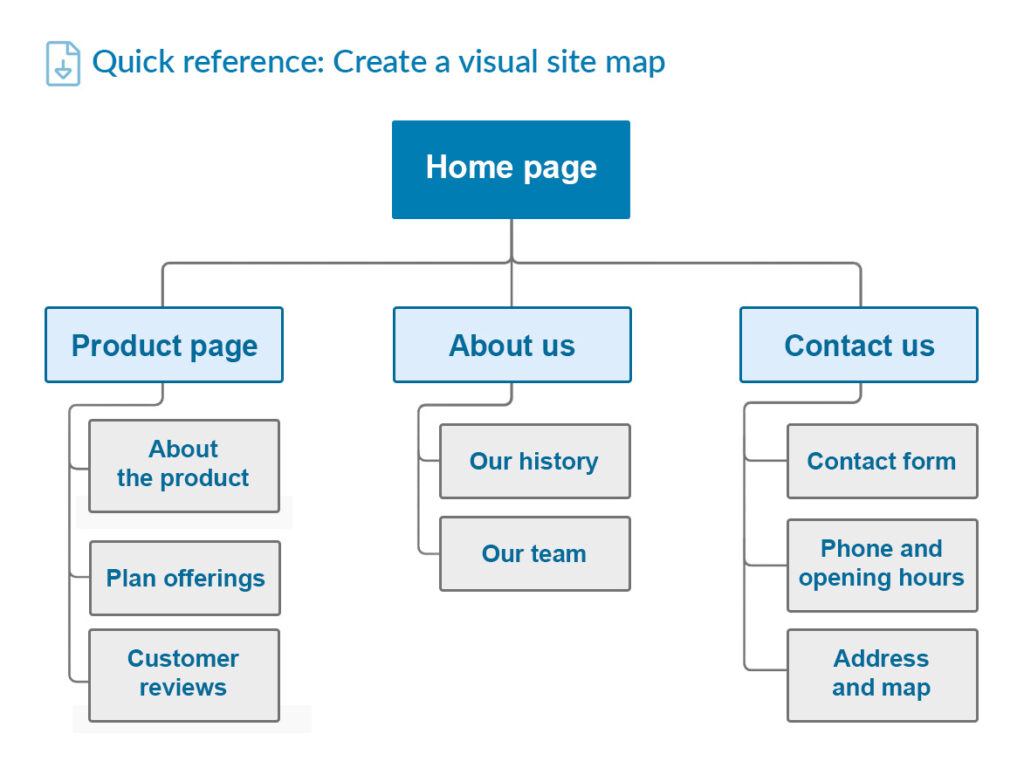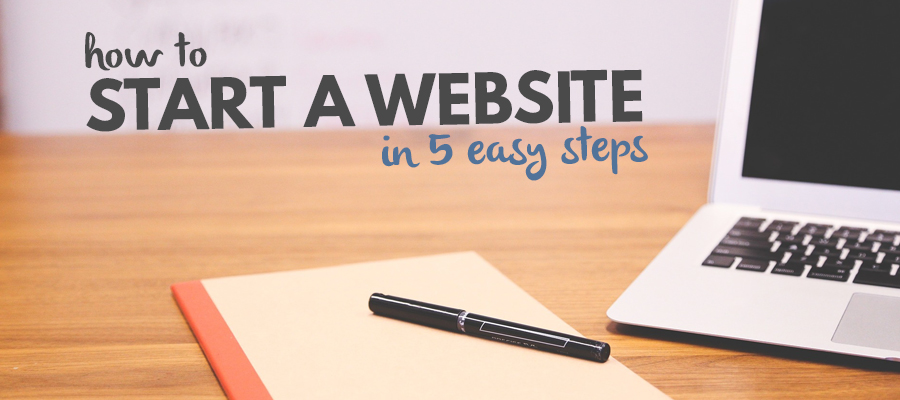In today’s digital age, a strong online presence is essential for any business. Your website acts as your virtual storefront, a 24/7 salesperson that informs potential customers about your brand, products, and services. But for those venturing into the exciting world of websites for the first time, the process of website creation (or website designing and development) can seem daunting. Fear not, aspiring entrepreneur! This step-by-step guide will walk you through everything you need to know on how to create a business website step by step.
1. Define Your Website's Goals and Target Audience
Before diving headfirst into design and development, take a moment to solidify your website’s purpose. What are you hoping to achieve with it? Do you want to generate leads, showcase your portfolio (how to create your own portfolio website), or sell products online? Identifying these goals will guide your website’s structure and content strategy.
Next, consider your target audience. Who are you trying to reach with your website? Understanding their demographics, interests, and online behavior allows you to tailor the user experience (UX) to resonate with them.
Actionable Tip: Create buyer personas – detailed profiles representing your ideal customers – to gain a deeper understanding of their needs and expectations.
2. Choose a Domain Name and Web Hosting Service

Domain Name: This is your website’s address on the internet, for example, “yourbusinessname.com”. It should be memorable, easy to spell, and reflect your brand identity. Keep it short, relevant to your business, and avoid hyphens or special characters.
Web Hosting: This is the service that stores your website’s files and makes them accessible to visitors. Choose a reliable hosting provider that offers features like sufficient storage space, bandwidth, security measures, and customer support. Many hosting providers also offer domain registration as part of their package.
Actionable Tip: When brainstorming domain names, check for availability and potential trademark conflicts before finalizing your choice. Use a domain name generator tool for inspiration. Popular domain registrars and web hosting providers include Google Domains, Blue host, Host Gator, and Site Ground.
3. How to create a business website step by step by select a Website Building Platform
There are several ways to build your website (website building tutorial), each catering to different levels of technical expertise and budget. Here are the most common options:
- Website Builders: These user-friendly platforms offer drag-and-drop interfaces and pre-designed templates, making them ideal for beginners with no coding knowledge (how to create a business website step by step). Popular website builders include Wix, Squarespace, and Weebly.
- Content Management Systems (CMS): Platforms like WordPress provide more flexibility and customization options compared to website builders. While slightly steeper on the learning curve (website development process), they offer greater control over website design and functionality.
- Custom Development: For highly unique websites with complex features, hiring a professional web developer is the way to go. This option requires the most investment but ensures a website tailored to your specific needs (how to create a business website step by step).
Actionable Tip: Create buyer personas – detailed profiles representing your ideal customers – to gain a deeper understanding of their needs and expectations.
4. Design and Develop Your Website (how to create a business website step by step)

Now comes the fun part: building your website! Regardless of the platform you choose, focus on creating a website that is:
- Visually Appealing: A clean, professional design with high-quality images and consistent branding elements fosters trust and makes a positive first impression.
- Easy to Navigate: Users should be able to find the information they need quickly and intuitively. A clear and well-organized navigation menu is key (website creation process).
- Mobile-Friendly: With the majority of web traffic coming from mobile devices, ensure your website is responsive and adapts seamlessly to different screen sizes.
- Fast Loading Speed: A slow loading website frustrates visitors and hurts your search engine ranking. Optimize your images and code for faster loading times.
Actionable Tip: Many website building platforms offer a vast collection of pre-designed templates that you can customize to match your brand aesthetic. Utilize online resources and tutorials to learn basic design principles for a visually appealing website
5. Craft Compelling Content (information about website development)
Content is king! High-quality, informative, and engaging content is crucial for attracting and retaining visitors. Here are some essential website content elements:
- Homepage: This is your website’s first impression, so make it count. Clearly communicate your value proposition, showcase your best products or services, and include a call to action (CTA) to encourage visitors to take the next step.
- About Us: Tell your brand story, introduce your team, and highlight your company’s mission and values.
- Services or Products: Provide detailed information about the services or products you offer, with clear descriptions, high-quality images, and testimonials from satisfied customers.
